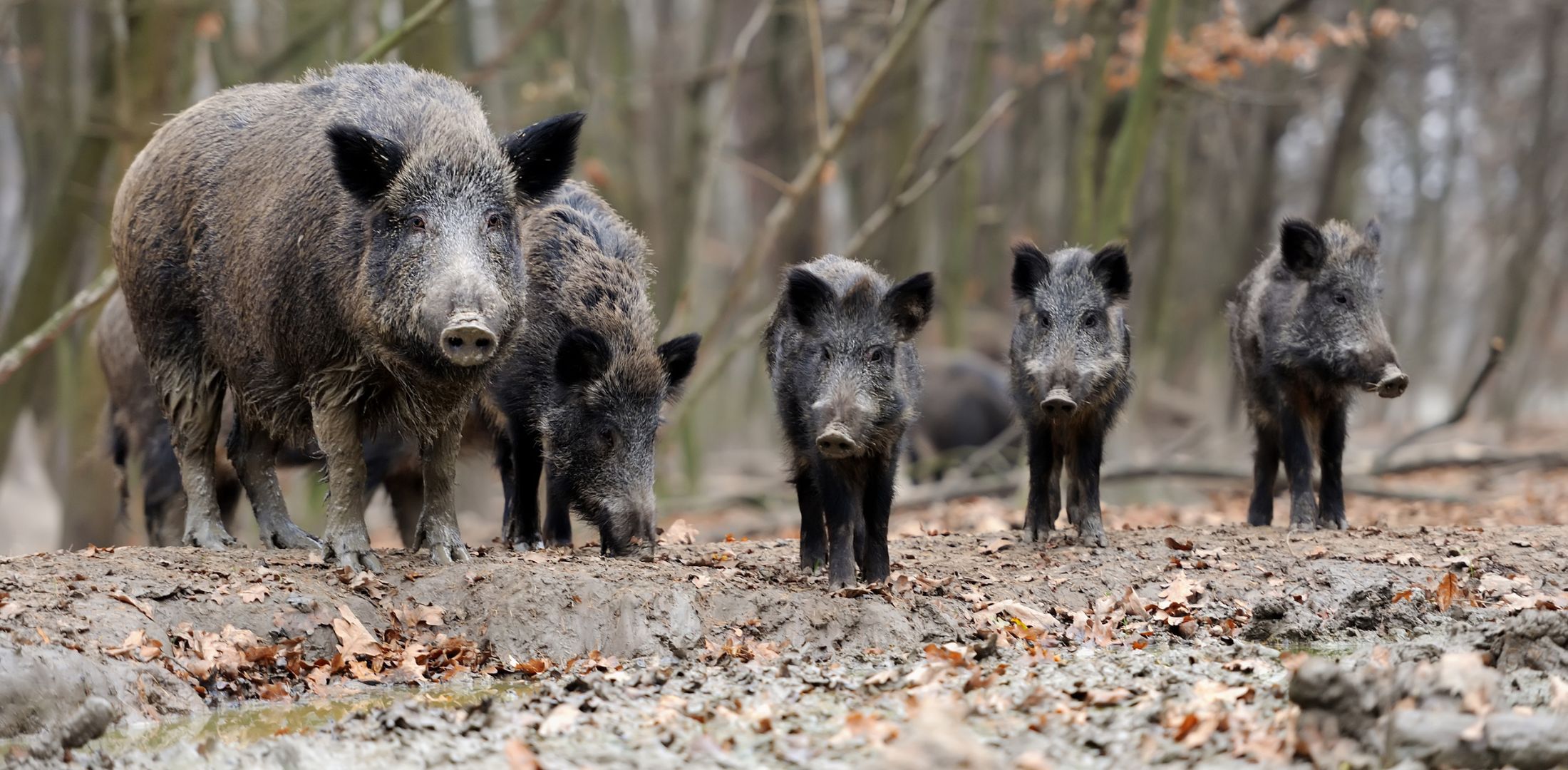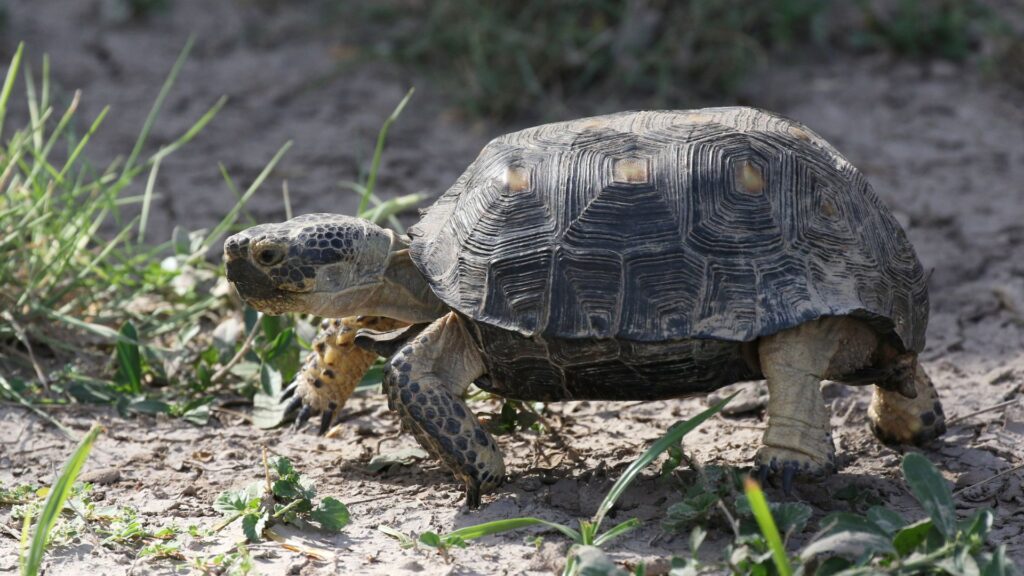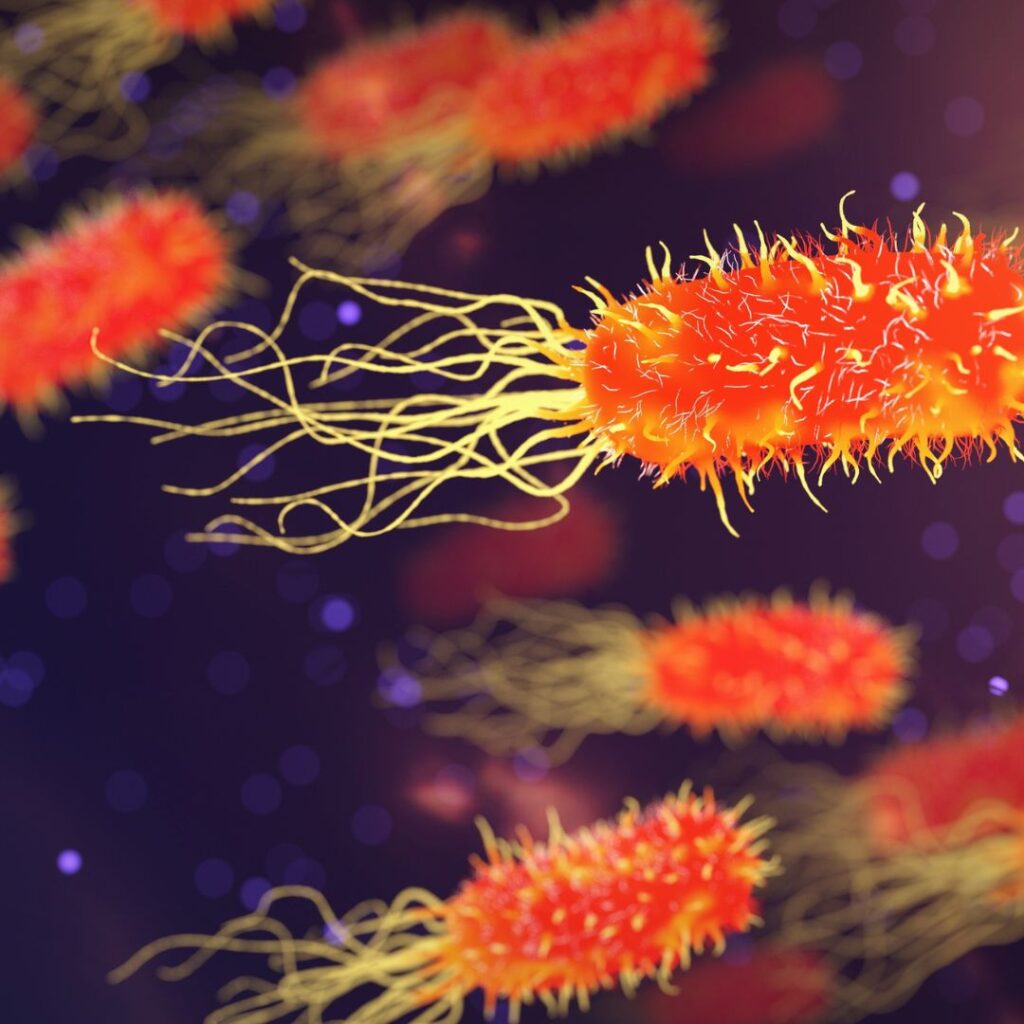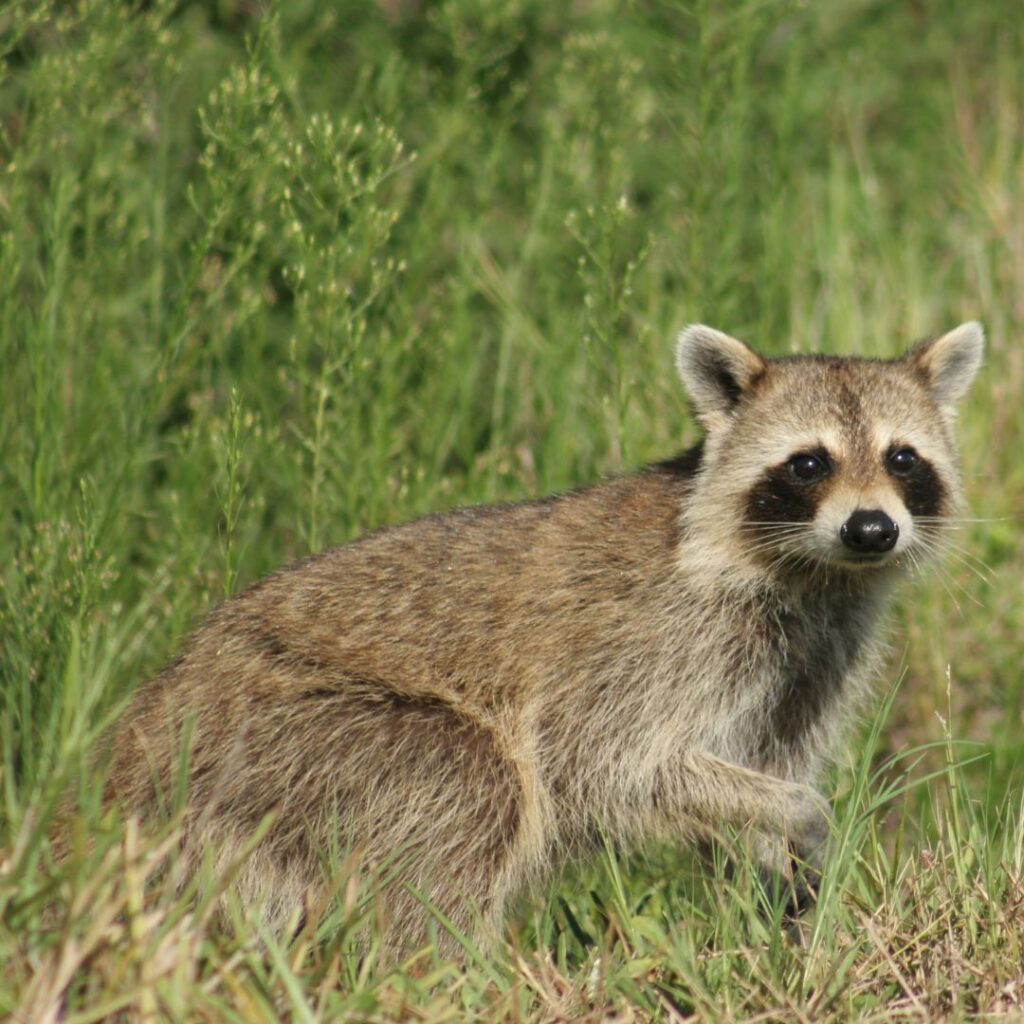Understanding the Threats Facing Texas Tortoises: Predation and Exotic Pathogens


The Texas Tortoise (Gopherus berlandieri) is a remarkable species native to the southern United States and northern Mexico. This resilient tortoise plays a vital role in its natural habitat, but it faces several significant threats in southern Texas. Predation and exotic pathogens are two of the most pressing issues impacting their survival.
Predation: A Constant Danger
Predators such as coyotes, raccoons, and crested caracaras pose a serious threat to Texas Tortoises. These predators can significantly impact tortoise populations, especially juveniles and smaller individuals. Studies have shown that predation can account for up to 50% of juvenile tortoise mortality in certain areas. The presence of these predators in tortoise habitats often forces tortoises to spend more time hiding, which can reduce their opportunities for feeding and mating, further impacting their survival rates.

Exotic Pathogens: Invisible Killers
Exotic pathogens, including bacteria, viruses, and fungi, can cause diseases that are detrimental to Texas Tortoises. These pathogens can be introduced through human activities or other animals, leading to outbreaks that can decimate local populations. For instance, upper respiratory tract disease (URTD) caused by Mycoplasma bacteria has been documented in up to 20% of tested Texas Tortoises. Other exotic pathogens, such as the herpesvirus and certain fungal infections, have also been identified as threats to tortoise health, causing symptoms ranging from mild respiratory distress to severe, life-threatening conditions.

The Impact on Population Dynamics
The combined effects of predation and exotic pathogens can lead to a significant decline in Texas Tortoise populations. Over the past two decades, the population of the Texas Tortoise has declined by approximately 30%. This decline is not just a statistic; it represents a loss of genetic diversity and a disruption of the ecological balance in their habitats. Conservation efforts are crucial to mitigate these threats and protect the species. By understanding the specific challenges these tortoises face, conservationists can develop targeted strategies to enhance their survival rates.

Conclusion
Protecting the Texas Tortoise from predation and exotic pathogens is a collective responsibility. By staying informed and taking action, we can ensure the survival of this remarkable species for future generations. Every individual effort counts towards creating a safer and healthier environment for Texas Tortoises, ensuring they continue to play their essential role in our ecosystems.

